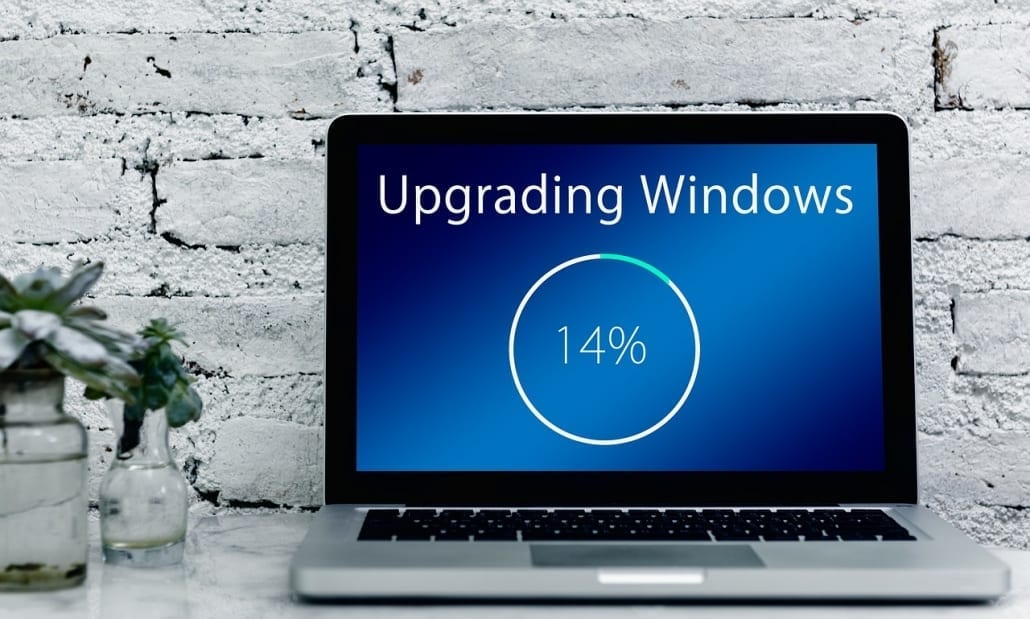7 Tips To Make The Most Of Tech
What is a business without proper technology?
It’s the eternal question that every new entrepreneur faces. The answer often reopens the typical debate about technology; namely should a business invest in tech or should it instead focus on other factors of success such as hiring the right team, keeping track of the trends on the market and managing your brand reputation. In reality, every business knows that there is no growth without modern technology to sustain it. You wouldn’t consider keeping your business afloat without a website or an email address, for instance. However, skip back to the 1990s, and you’d be surprised to know that most companies refuse to move with their times, finding a paper-based and one-to-one approach more suitable to their markets.
While nowadays the question of whether you need a website or not is not relevant anymore, the decision approach when it comes to technology follows similar patterns. Many companies are still hesitant about the tech they choose and how to use it effectively in their everyday business. From cutting down unnecessary tech costs to ensuring you select the most relevant addition for your company, these few tips should help you to make the most of your tech day after day.
1. Find affordable equipment
First of all, it’s fair to say that for start-ups and small companies, investing in new technologies is not a decision you can take lightly. Indeed, for a lot of businesses with a limited budget, even the choice of the most necessary equipment can prove a huge and sometimes insurmountable expense. However, a business can’t do without the equipment that defines its day-to-day activities. From a small farming business to a family construction company, each piece of equipment demands substantial funds. When buying new is not a financial option, you can find the right auction online to get the best second-hand machinery for your activities. Ultimately, buying the previous tech generation at a low cost is often a preferable solution to breaking the bank for the latest generation of gadgets.
2. Make the most of your tax deductions
Nobody likes to pay taxes. But small companies often forget that they can take advantages of numerous tax regulations to maximize their access to technology. Indeed, the Section 179 deduction now allows small and mid-size business to take a first year deduction of up to $1 million on purchases of relevant and qualified equipment. You can also add the depreciation allowance to all the second-hand equipment that qualifies for your company. Ultimately, you can use tax deductions to increase your purchase power, which can help you to invest in new tech for the company. Similarly, you can also combine equipment deductions and energy-efficiency, for the purchase of tech that supports a green strategy. With a little bit of tax know-how – or the help of a certified accountant – you can be in a better position to afford the tech you need to grow your company.
3. Train your employees
Bringing new tech into the office is an essential step to maintain your agility on the market. Indeed, by keeping your production faster and more effective, you ensure your company the advantage of a competitive edge. At least, that’s the theory of it. In practice, new tech is pointless if you fail to train your team to use it. Indeed, you want to not only maintain the tech excitement but also maximize it for your organization. What this means is that you can’t prepare new tech investments without planning for training at the same time. As the two processes are intertwined, you can’t expect your tech to serve any purpose without delivery the appropriate training first.
4. New equipment means new risk assessment audit
With the introduction of new machinery and industrial equipment to your company, you also bring new risks. Indeed, industrial equipment requires high level maintenance and maneuvering to delivery the best possible performance. Failure to stay on top of your maintenance schedule or to follow the operational instructions for the machine can affect both your production and the safety of your employees. However, it’s important to note that each work environment presents unique circumstances that can also increase risks for your workforce. Consequently, if you want to ensure the positive impact of each piece of equipment, you need to work closely with a risk assessment auditor first. The consequences of ignoring risks can be dramatic for the company and the individuals employed within it.
5. Manage maintenance costs and schedule
The latest cyber attack on the British national health system, the NHS, has demonstrated the importance of staying on top of your maintenance schedules. Indeed, many NHS centers were forced to reduce tech upgrades in an effort to save costs. As a result, many IT security systems continued to be used even though they hadn’t been upgraded to the latest standards. By taking advantage of this tech flaws, cyber criminals hacked their way through the NHS systems and infected more than numerous computers all over the UK. The ransomware attack revealed that 97% of NHS centers didn’t use the latest safety procedures.
6. Ensure innovative tech doesn’t lead to disruption
There is a fine line between innovative tech that creates a positive disruption of an established process and new tech that affects the safety and effectiveness of existing operations. Indeed, exploiting tech development to offer better services or outputs can dramatically transform the customer experience. However, disruption requires a thorough understanding of the new patterns of risks and liabilities that are being created in the process. You need to research who is affected by the exciting novelties before launching a full-scale adoption.
7. Buy what you need, not what you want
Start-ups are the first to test out new tech. They love the excitement and value they get from new items. However, not everything that shines is precious. While it can be tempting to indulge in the purchase of the latest gadgets for the workplace, you need to question the strategic purpose of your tech in the business.
From a waste of money to a waste of resource, poor tech implementation can affect your business growth at many levels. Ensuring you can use technology as a boost on your way to success, instead of an obstacle, is the number one priority of all entrepreneurs.


 Owning your own business is a huge accomplishment and one that you should be very proud of. However, it’s important to realize that your journey is just beginning and now it’s up to you to navigate the business landscape properly so you can become a successful and thriving entrepreneur.
Owning your own business is a huge accomplishment and one that you should be very proud of. However, it’s important to realize that your journey is just beginning and now it’s up to you to navigate the business landscape properly so you can become a successful and thriving entrepreneur. Healthcare facility operating margins are under pressure from all sides. Uncompensated care of patients, slow paying insurance providers, reduced government reimbursement rates and rising costs are all contributing factors. Cutting staff and similar solutions risk quality of care and an extended wait time. Here are four ways
Healthcare facility operating margins are under pressure from all sides. Uncompensated care of patients, slow paying insurance providers, reduced government reimbursement rates and rising costs are all contributing factors. Cutting staff and similar solutions risk quality of care and an extended wait time. Here are four ways  In regards to leaving behind business assets, this can be a difficult situation in the aftermath of someone’s death if they have not left clear instructions or followed all the necessary steps to pass on said assets in a clear way. In their will, if no trust has been set up or the assets were in only the name of the person who has passed away, or you feel there was something wrong with the will presented, then contesting the will legally is an option you need to explore.
In regards to leaving behind business assets, this can be a difficult situation in the aftermath of someone’s death if they have not left clear instructions or followed all the necessary steps to pass on said assets in a clear way. In their will, if no trust has been set up or the assets were in only the name of the person who has passed away, or you feel there was something wrong with the will presented, then contesting the will legally is an option you need to explore. There are many skills required of a person when they run a business. They need to be able to cope with lots of different situations and turn them around into successes for the business if possible. They also need to be able to manage people, deal with finances, organize marketing, and much more. Something that you might not have thought about before, but that is certainly an important trait when it comes to business, is risk-taking. There needs to be an element of risk-taking in any business if it is going to grow and thrive successfully. If you’re concerned that you aren’t taking enough risks (or perhaps even taking too many), read on to discover just how to do it right.
There are many skills required of a person when they run a business. They need to be able to cope with lots of different situations and turn them around into successes for the business if possible. They also need to be able to manage people, deal with finances, organize marketing, and much more. Something that you might not have thought about before, but that is certainly an important trait when it comes to business, is risk-taking. There needs to be an element of risk-taking in any business if it is going to grow and thrive successfully. If you’re concerned that you aren’t taking enough risks (or perhaps even taking too many), read on to discover just how to do it right.